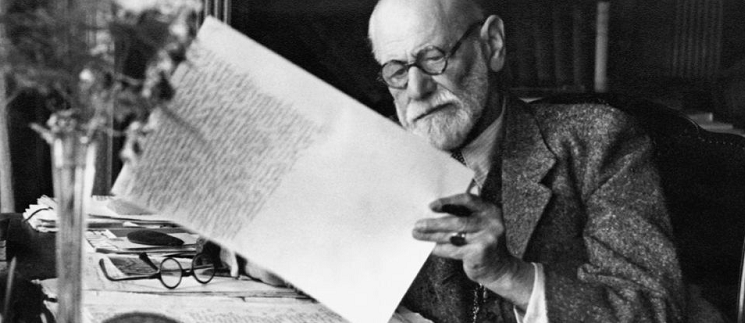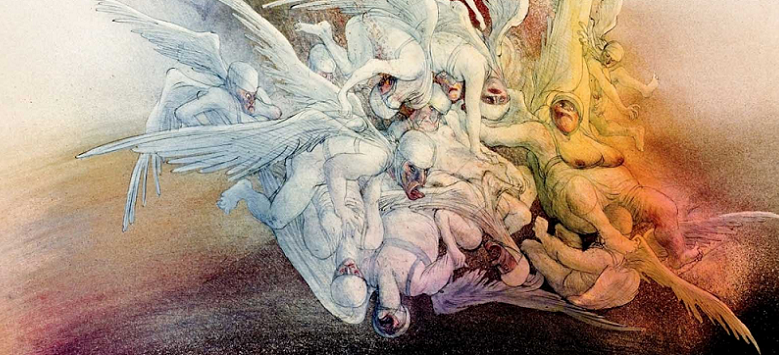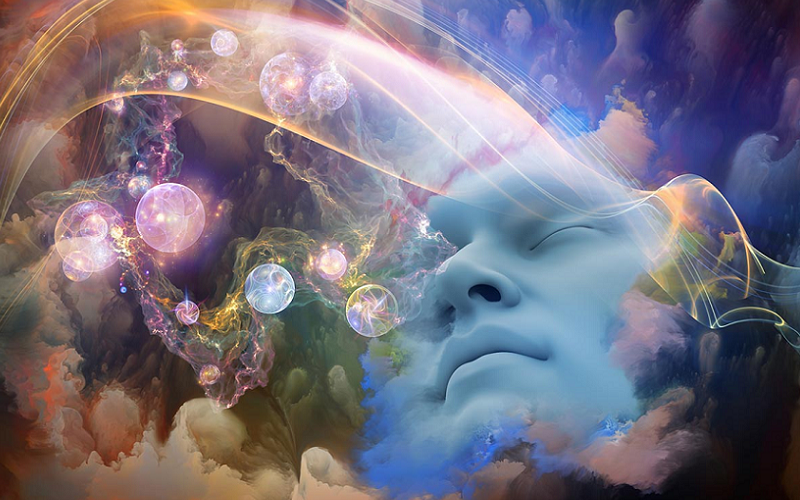Dreams have been a source of fascination and inspiration for humans since ancient times. The study of dream psychology, or the interpretation and understanding of dreams, has had a profound impact on modern art and literature. From the surrealist movement in art to the use of dreams as a narrative device in literature, the influence of dream psychology can be seen in many forms of creative expression. Here we explore the role of dreams in shaping modern art and literature, the theories of dream psychology that have had the greatest impact, and the connection between dreams and the subconscious mind.
What Is Dream Psychology?
Dream psychology is the scientific study of dreams and their meanings. It seeks to understand the nature of dreams, their content, and the psychological processes involved in dreaming. The field of dream psychology combines elements of psychology, neuroscience, and philosophy, and has a long history, with roots dating back to ancient civilizations.
One of the earliest and most influential theories of dream psychology was developed by Sigmund Freud, who proposed that dreams were a manifestation of the unconscious mind and that they could reveal hidden desires, fears, and anxieties. Later theories, such as those developed by Carl Jung, focused on the archetypal and symbolic aspects of dreams, proposing that they could reflect universal themes and experiences.
Today, dream psychology continues to evolve, with new research and theories being developed in the areas of neuroscience, sleep physiology, and psychology.

The Role of Dreams in Art and Literature
Dreams have played a significant role in both art and literature, serving as a source of inspiration and a window into the human subconscious. In art, the depiction of dreams and the surreal has been a central theme in many movements, most notably Surrealism. Surrealist artists, such as Salvador Dali and René Magritte, sought to capture the dream-like quality of the subconscious mind in their paintings, often incorporating elements of fantasy, irrationality, and the absurd. Through the use of strange imagery, unexpected juxtapositions, and fragmented compositions, surrealist artists aimed to challenge the viewer’s perception of reality and evoke a sense of the surreal.
In literature, the use of dreams as a narrative device has been a popular method for exploring the human psyche. From ancient myths and legends to modern-day novels, writers have used dreams to delve into the deepest aspects of the human experience. For example, in Shakespeare’s “A Midsummer Night’s Dream,” the characters’ experiences in the dream world serve as a metaphor for the complexities of the human heart. Similarly, in works such as “One Hundred Years of Solitude” by Gabriel García Márquez, dreams play a central role in shaping the narrative and exploring themes of identity, memory, and time.
In both art and literature, dreams provide a unique lens through which to explore the human experience. They offer a glimpse into the workings of the subconscious mind and provide a space for artists and writers to experiment with new forms of expression.
The Theories of Dream Psychology and their Impact on Art and Literature
The study of dream psychology has led to the development of several theories that have had a significant impact on both art and literature. Two of the most influential theories are those of Sigmund Freud and Carl Jung.

Sigmund Freud’s Psychoanalytic Theory
Sigmund Freud’s psychoanalytic theory of dreams is one of the most influential and widely recognized theories in the field of dream psychology. According to Freud, dreams are a manifestation of the unconscious mind and reveal hidden desires, fears, and anxieties. He believed that the content of dreams is often symbolic, with objects and events representing unconscious desires and anxieties.
In his book “The Interpretation of Dreams,” Freud proposed that the unconscious mind is constantly at work, even while we sleep, and that it expresses itself through the content of our dreams. He believed that the unconscious mind censors certain thoughts and desires that are unacceptable or anxiety-provoking, and that these censored thoughts and desires are often revealed in dreams through symbols and metaphors.
Freud’s theory had a profound impact on the field of psychology, shaping the way that the unconscious mind is understood and studied. It also had a significant impact on modern art and literature, with many artists and writers exploring the themes of the unconscious mind and the role of dreams in shaping human experience. The Surrealist movement in art, for example, was heavily influenced by Freudian theory, with many surrealist artists exploring the dream-like quality of the subconscious mind.
Freud’s psychoanalytic theory of dreams remains one of the most influential and widely recognized theories in the field of dream psychology. It has shaped the way that we understand the unconscious mind and has had a lasting impact on modern art and literature.
Carl Jung’s Archetypal Theory of Dreams
Carl Jung’s archetypal theory of dreams is a major contribution to the field of dream psychology. According to Jung, dreams reflect universal experiences and themes and can provide insight into the collective unconscious. He believed that dreams contain archetypal symbols and images that are shared across cultures and that they can reveal deeper truths about the human experience.
Jung believed that the unconscious mind is composed of two parts: the personal unconscious and the collective unconscious. The personal unconscious is composed of repressed memories, experiences, and emotions, while the collective unconscious is made up of archetypes, which are universal symbols and images that are shared across cultures. In dreams, these archetypes are expressed through symbols and images that have a universal meaning, regardless of culture or time period.
Jung believed that the archetypal symbols and images in dreams can provide insight into the unconscious mind and reveal deeper truths about the human experience. He believed that by interpreting the symbols and images in dreams, individuals can gain a better understanding of their own unconscious mind and the collective unconscious.
Jung’s theory of archetypal dreams has had a significant impact on modern literature, with many writers exploring the symbolic and archetypal aspects of dreams in their work. It has also been influential in the fields of psychology and spirituality, with many individuals using dream interpretation as a tool for personal growth and self-discovery.
Jung’s archetypal theory of dreams remains a major contribution to the field of dream psychology. It has provided a new way of understanding the role of dreams in shaping the unconscious mind and has had a lasting impact on modern literature and spirituality.

The Connection between Dreams and the Subconscious Mind
The connection between dreams and the subconscious mind is a central theme in the study of dream psychology. Dreams are often seen as a manifestation of the unconscious mind, providing a window into the deepest aspects of the psyche. The subconscious mind is defined as the part of the mind that is not conscious but still influences thoughts, feelings, and behaviors.
According to psychoanalytic theory, the content of dreams is often symbolic and reflects unconscious desires, fears, and anxieties. These unconscious desires and fears are thought to be shaped by early childhood experiences and repressed memories. The subconscious mind is believed to be constantly at work, even while we sleep, and to express itself through the content of our dreams.
The connection between dreams and the subconscious mind is also reflected in the archetypal theory of dreams, which proposes that dreams contain universal symbols and images that are shared across cultures. These symbols and images are thought to reflect the collective unconscious, providing insight into the deepest aspects of the human psyche.
The connection between dreams and the subconscious mind is a complex and multifaceted relationship that continues to be explored and studied by psychologists and artists alike. Whether viewed as a manifestation of the unconscious mind or as a tool for exploring universal themes, dreams remain a rich source of inspiration for those seeking to understand the workings of the psyche.

